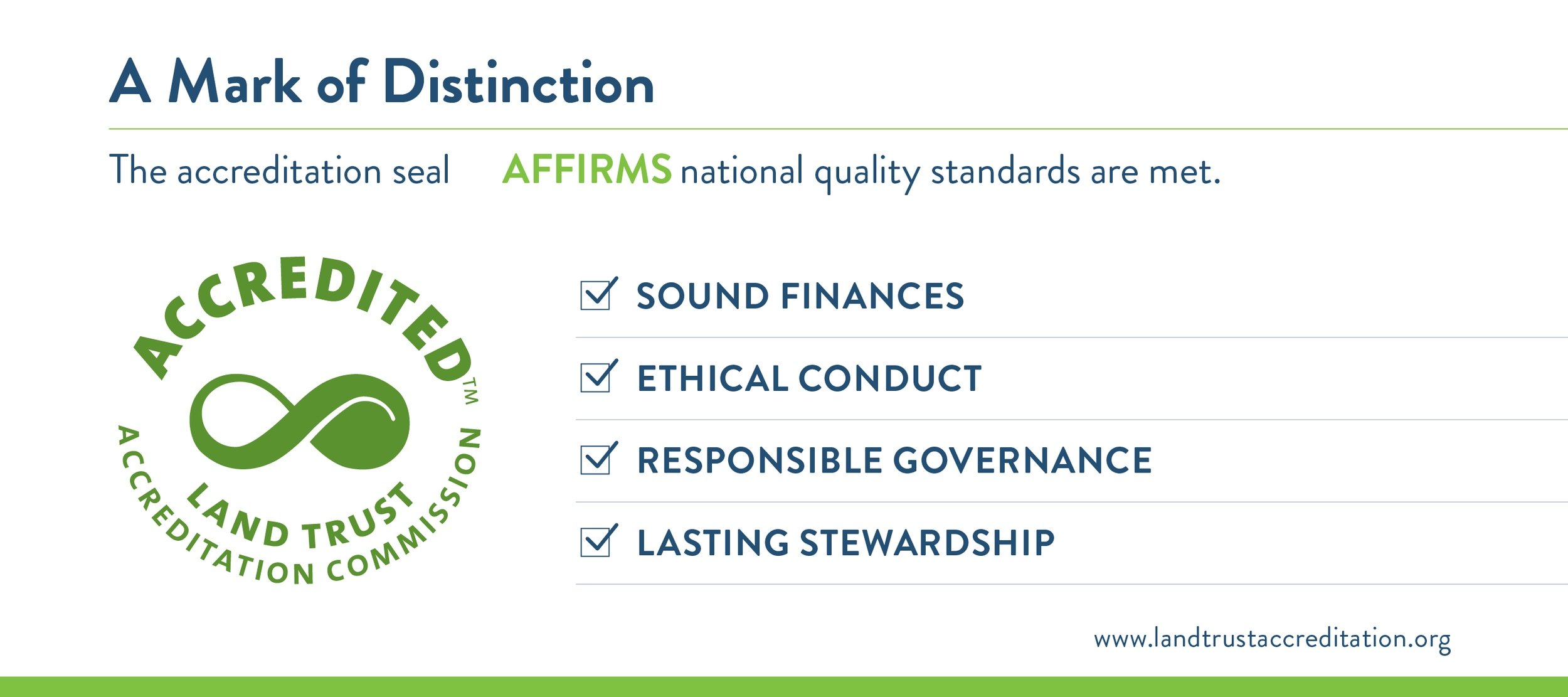Of all the creatures that go bump in the night, don’t let bats give you a fright. Despite what spooky lore you’ve heard, these night-flying mammals aren’t out to suck your blood—at least not bats of the Kentucky variety anyway. In fact, bats play a very important role in our local ecosystem.
In Kentucky you’ll find 16 species of bats: 14 that live here year-round and two that pass through occasionally. At WWLT’s own Vaughn Branch Nature Preserve, we’ve spotted the big brown bat (Eptesicus fuscus), Eastern red bat (Lasiurus borealis), the evening bat (Nycticeius humeralis), and the rare hoary bat (Lasiurus cinereus). And spotting them is a welcome sight, indeed, as populations have been on the decline statewide for the past two decades.
If you sense a bit of fear creeping in when you see these nocturnal creatures swooping through a moonlit sky, let these bits of bat knowledge be the antidote that puts your mind at ease.
1. Ravenous Appetites
Bats may be small but they have mighty appetites, eating their weight in insects daily. In fact, if you find yourself with a mosquito problem, these are just the creatures you want as your pals. The little brown bat (Myotis lucifugus), a common Kentucky bat species no bigger than a human thumb, can eat 600 to 1,200 mosquitoes in an hour. On top of that, bats are the only predators of night-flying insects. Without their help, our world would be a lot more … buggy.
2. All Fingers and Thumbs
Bat’s don’t fly with wings, at least not the same kind that birds do. Their wings are actually fingers with webbing in between, which would more accurately make them their hands. Bats belong to the order Chiroptera, which is Greek for “finger wings”—and an apt description for the whole appendage situation. On that note, while it’s often said that bats are flying rodents, the Chiroptera designation more closely aligns them to humans than mice.
3. Family Planning
For being such small mammals, bats like to keep their families small, typically giving birth to one pup at a time. Their mating rituals are unusual, too. While bats typically mate in the fall or winter, ovulation and fertilization doesn’t occur until spring. In that liminal time period, the female stores the sperm in a special compartment, keeping it safe until after she emerges from hibernation.
4. Immune Boost
The fungal disease white-nose syndrome has become a huge threat to bats, having claimed the lives of more than 1 million little brown bats alone. However, the deadly disease has appeared to leave one bat species alone: the Virginia big-eared bat (Plecotus townsendii virginianus). This bat lives year-round in the caves of Eastern Kentucky where the fungus can be found, but this bat species has yet to contract the disease, leading scientists to investigate what exactly makes them immune.
5. Protected Animals
More than half of the bats in Kentucky are considered endangered, threatened or rare, which means protecting them is very important. Current Kentucky law states that bats cannot be killed unless they are damaging property. Beyond that, there are several things you can do to help ensure their survival. Avoid entering caves, particularly during winter, to avoid disturbing hibernating bats and to prevent the spread of the fungus causing white-nose syndrome. If you have land, leave dead trees, known as stags, standing, as bat habitat. You can also build bat boxes to give them a place to roost.
While bats may set the scene in a scary movie, these amazing creatures are ones you’ll want to invite to your land—not deter. Get to know them, and let them help keep your home from becoming a horror show of insects.
Sources:
http://www2.ca.uky.edu/agcomm/pubs/for/for48/FOR48.PDF
https://biology.eku.edu/bats/kybatinfo.html
https://www.nature.org/en-us/get-involved/how-to-help/animals-we-protect/bats/
https://fw.ky.gov/Wildlife/Pages/Small-Mammals-and-Bats.aspx
https://www.doi.gov/blog/9-coolest-bat-species-united-states
Top image courtesy Price Sewell



